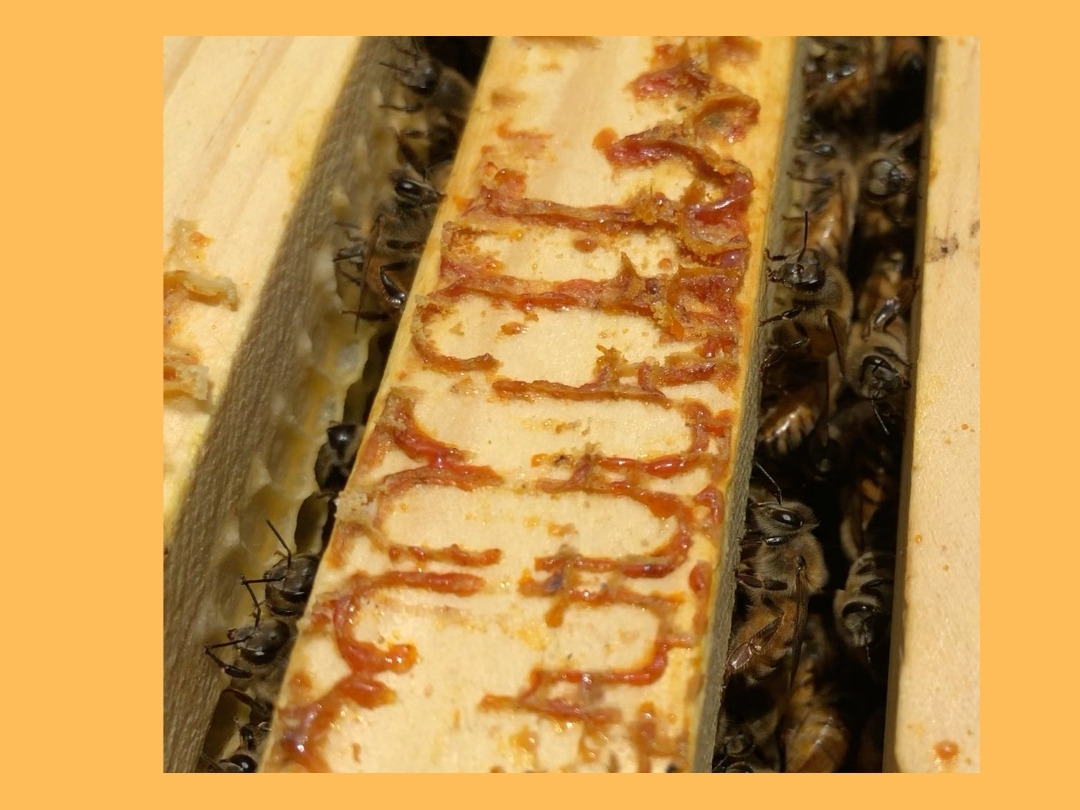
What is Propolis?
Propolis is also called bee glue. It is a natural glue derived from tree resins. When bees go out to forage, they bring back these resins to the hive. Propolis is used to seal holes and cracks in the hive. This helps the bees in the defense of invaders.
Before we go on, let’s talk about the pronunciation! In the word propolis, the prop sounds like the prop in a play, or if you were to prop something up. Prop-oh-liss.
Aside from bee glue, propolis is also used to help retain the hive’s internal temperature and prevent weathering.
Evidence suggests that propolis has anti-microbial properties. It has been shown to treat various diseases due to its antiseptic, anti-inflammatory, and immunomodulatory properties. Propolis has a reputation as a bacteriostatic wound dressing and an active ingredient for cold remedies.
HOW PROPOLIS COMES TO BE
Bees produce propolis by mixing saliva and beeswax with fluid gathered from tree saps and buds, and other botanical sources.
When the bees go out foraging, the worker bees harvest mostly pollen and nectar. They also collect water and tree resin for propolis. The specific makeup of propolis depends on environmental conditions.
Most propolis is dark brown, yet the color varies depending on its source. It can be found in green, black, white, and red, depending on the sources of resin found in the area. The warmer it is the stickier it is. When it gets cold, propolis is brittle and hard.
Propolis is amazing stuff!



